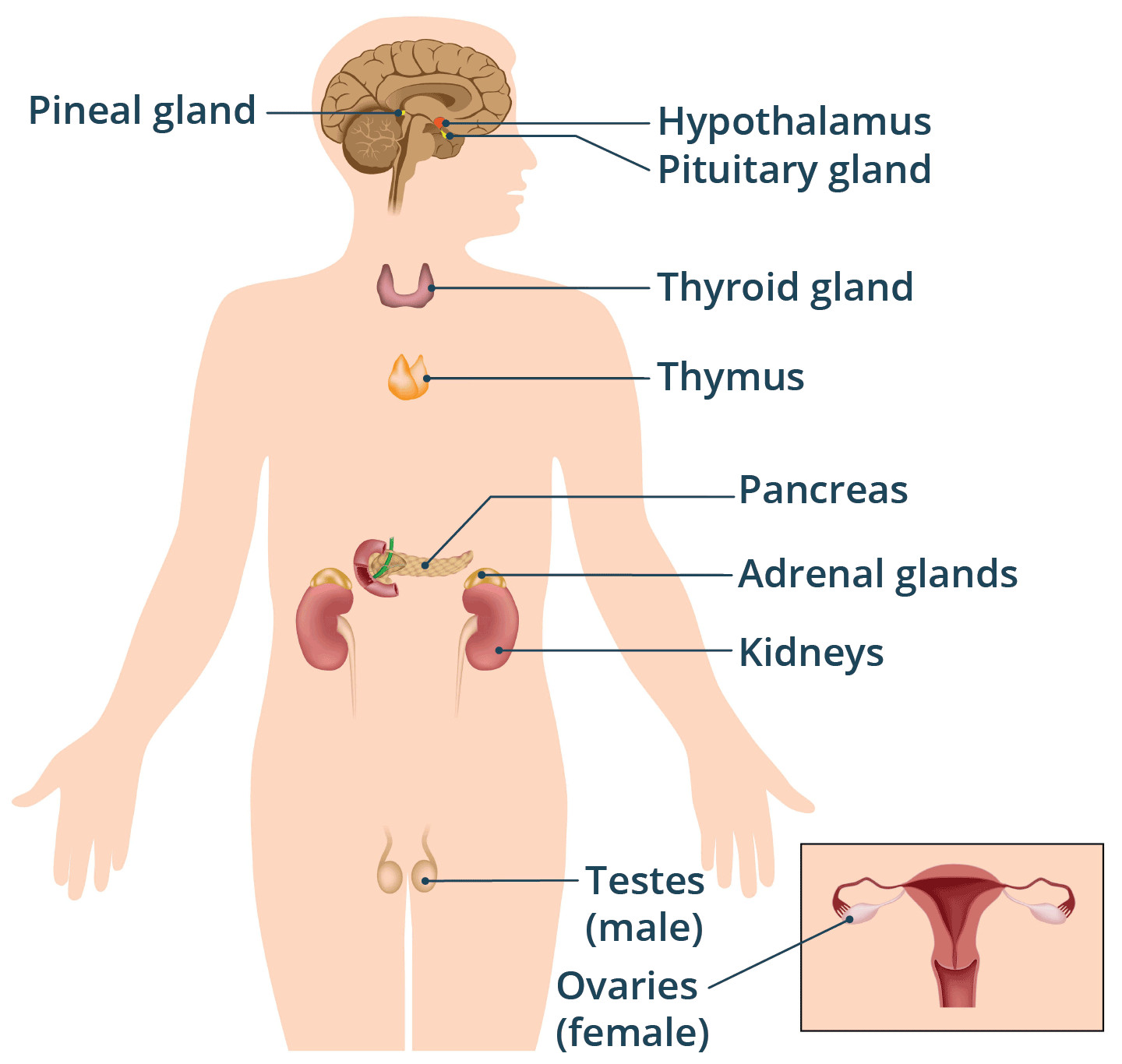The pituitary gland, often dubbed the “master gland” of the body, plays a crucial role in regulating numerous bodily functions through the hormones it produces. Understanding where this small but mighty gland is located and what it does is key to appreciating its significance in overall health.
Pinpointing the Pituitary Gland: Anatomical Location
The pituitary gland is situated at the base of your brain, in a bony structure called the sella turcica. Imagine a small, pea-sized gland nestled just behind your nose and between your ears, roughly in the center of your head at eye level. More specifically, it is positioned directly below the hypothalamus, a brain region that controls many bodily functions, further emphasizing their close working relationship.
The sella turcica, which translates to “Turkish saddle,” is a saddle-shaped depression in the sphenoid bone at the skull’s base. This bony enclosure provides protection for the delicate pituitary gland. Its location is quite central, underscoring its role as a central command center for the endocrine system.
 Diagram Showing Where Pituitary Gland Is Located in the Endocrine System
Diagram Showing Where Pituitary Gland Is Located in the Endocrine System
This illustration provides a visual representation of the endocrine system and highlights the pituitary gland’s location within the body, situated in the head region, emphasizing its proximity to the brain.
The Pituitary Gland’s Crucial Functions
Despite its small size, the pituitary gland is responsible for producing a wide array of hormones that influence virtually every part of your body. It is a central component of the endocrine system, a network of glands that secrete hormones to regulate various bodily processes. The pituitary gland earns its “master gland” title because it controls many other hormone glands.
The hormones produced by the pituitary gland can be broadly categorized into those that have direct effects and those that stimulate other glands to produce their hormones. These hormones are vital for maintaining balance and proper function within the body.
Key Hormones Produced by the Pituitary Gland
The pituitary gland produces and releases several key hormones, each with specific functions:
- Growth Hormone (GH): Essential for growth in children and maintaining healthy body composition in adults.
- Thyroid Stimulating Hormone (TSH): Signals the thyroid gland to produce thyroid hormones, which regulate metabolism.
- Prolactin: Primarily responsible for stimulating milk production after childbirth.
- Adrenocorticotropic Hormone (ACTH): Tells the adrenal glands to release cortisol, a hormone involved in stress response and metabolism.
- Follicle-Stimulating Hormone (FSH) & Luteinizing Hormone (LH): Crucial for reproductive functions in both males and females.
- Oxytocin: Plays a role in social bonding, reproduction, childbirth, and breastfeeding.
- Vasopressin (Antidiuretic Hormone – ADH): Helps regulate water balance and blood pressure.
These hormones collectively impact a wide range of bodily functions, including metabolism, blood pressure, reproduction, and overall growth and development. The intricate control exerted by the pituitary gland underscores the importance of its precise location and function.
Pituitary Gland Disorders and Conditions
Given its critical role, disruptions in pituitary gland function can lead to various health issues. Conditions arise when the pituitary gland produces too much or too little of specific hormones, often due to non-cancerous growths called pituitary adenomas.
Common pituitary gland disorders include:
- Prolactinoma: A benign tumor that overproduces prolactin, leading to menstrual irregularities and infertility in women and erectile dysfunction and reduced libido in men.
- Hypopituitarism: A condition where the pituitary gland doesn’t produce enough of one or more hormones, leading to a wide range of symptoms depending on the hormone deficiency.
- Growth Hormone Deficiency: Insufficient growth hormone production, causing growth delays in children and various symptoms like fatigue and muscle weakness in adults.
Other less common conditions can also affect the pituitary gland. Treatment approaches vary depending on the specific condition and hormone imbalances involved.
Maintaining Pituitary Gland Health
While you cannot directly control the health of your pituitary gland, maintaining a healthy lifestyle is crucial for overall endocrine system function. This includes a balanced diet, regular exercise, and stress management. If you experience symptoms that might indicate a pituitary gland disorder, such as unexplained changes in growth, menstrual irregularities, unexplained fatigue, or vision problems, it is essential to consult a healthcare professional for proper diagnosis and management.
In Conclusion
The pituitary gland, located at the base of the brain in the sella turcica, is a vital component of the endocrine system. Its strategic location underscores its central role as the “master gland,” orchestrating numerous bodily functions through the hormones it produces. Understanding where the pituitary gland is located and its functions highlights its significance in maintaining overall health and well-being. Recognizing potential issues and seeking timely medical advice are crucial for managing pituitary health effectively.

